Faults and problems with the 2.0 TDI engines.
"Everything you need to know about the 2.0TDI VAG group engine"
Let's look at some of the typical problems and faults that often crop up on this popular engine.
I really do not want to imply that these are unreliable engines, they are extremely good, but there are a few things you need to be aware of if you are looking to buy one.
Most of these issues have actually been ironed out completely in recent Gen 3 (EVO) revisions.
The problems noted are all symptomatic of the engine design and parts used, not just random things that happen, and each generation of the 2.0TDi came with it's own set of problems. Thankfully these were gradually ironed out with each revision but it is handy to keep an eye out for these issues before they start costing you money or cause a breakdown.
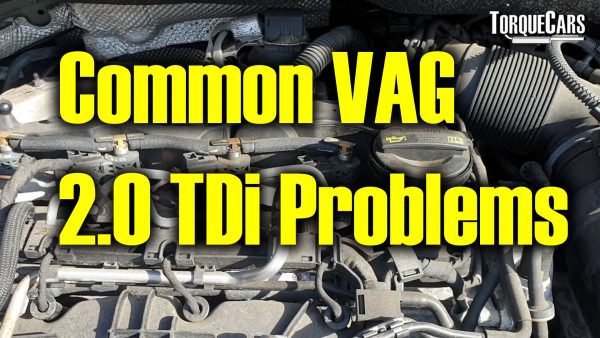
Hopefully this article will also help you to diagnose the common faults and problems before they become expensive.
The EA188 was the early generation of this engine with quite a few things to look out for. The EA189 introduced CR fuel injection instead of the PD so after some initial problems with these the later versions improved. A 3 Gen EA288 was a major redesign, sharing little with the earlier engines, even the DPF EGR and fuel system were rethought and revised. This corrected many of the early problems, but I'm waiting to see if there were any new faults introduced.
Here are the common problems I found with the 2.0 TDi
- Injector faults
- Carbon build up issues and problems in the 2.0TDi
- DPF problems and issues
- Fan controller issues
- Flywheel problems and lumpy idle
- Oil pump gear problems in the BKP 2.0TDi
- Balancing shaft & chain tensioner problems
- Cylinder Head Cracking on early EA188 units.
We have a video guide to this 2.0 TDi problems article on our YouTube Channel
I know many people say this is the least reliable engine the VW group have ever made, but when compared to other car manufactures of this era they still hold up pretty well.
The typical problems and faults are generally not that major if caught early enough, so my aim here in this guide is to flag these up.
In my experience of this engine the faults are typical of companies pushing new technology to the limits to meet ever stringent emissions standards.
The double whammy of this transition to meet emissions compliance and the financial crisis has let most manufactures to a path of cost cutting in both R&D and quality of parts used.
Thankfully most of these issues are behind us, and the VAG group have continued to learn from mistakes, issue recalls and address the common problems, so generally speaking the newer the engine is the more reliable it will be.
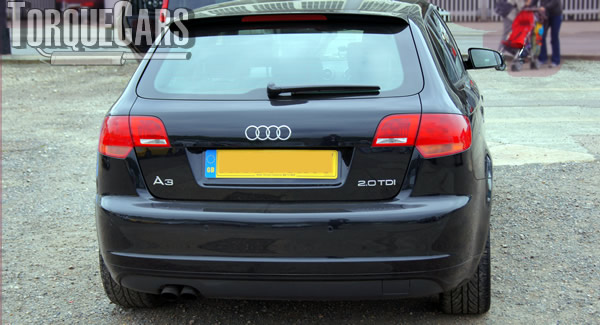
2.0TDi Injector faults
The early Siemens piezo injectors on the 170 had a fault, and would simply fail causing the engine to go off. Most of them have been recalled or replaced already so it shouldn't be a problem anymore.
(The faulty ones I have seen were generally shortly after the car was purchased from new, leading me to conclude they are all fixed now.)
But if the 2.0 TDi starts to misfire or has issues related to fuel delivery (running lean) then suspect the injectors, removal and replacement is relatively straightforward.
If you have an injector problem then it would make sense to upgrade these to better flowing units, especially if you planned to carry out some mods to your engine like engine tuning/remapping or turbo upgrades.
Most of the early 170's were subject to this problem and issue.
Carbon build up issues and problems
The second widely mentioned concern is that of carbon build up on the valves induced by the direct injection. Although it is a typical problem with engines of this sort the 2.0TDi's bigger siblings, the V6 and V8 engines are more prone owing to their lower RPM characteristics.
You should view the carbon build up and removal every few years as part of normal running on these engines, like many today.
There are a few easy processes that can clean the intake as we'll mention below that make this a simple task without requiring substantial dismantling of the engine.
The carbon build up occurs because the diesel is not being pumped over the valves and this would ensure the valves stay nice and clean. When the engine is cold the unburned particles are discharged back into the intake, and it is these that muck up the intake.
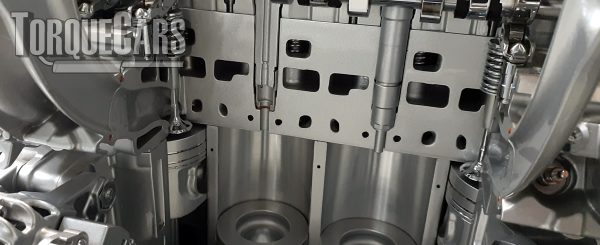
So avoiding short travel times and making sure the engine comes up to working temperature as early as feasible can avert this problem. After 70,000 miles a decoke is advised, it depends on the type of driving you do, however.
Adding BG244 to the fuel once a year will maintain the engine, injectors, and exhaust nice and clean but it won't clean the intake valves. With the remainder of the engine functioning properly the carbon build-up is greatly minimized.
A comprehensive BG intake clean done by an expert with the necessary equipment will do a superb job of regaining lost performance. If you are not producing the power numbers you anticipate then you are undoubtedly suffering from this problem especially if you have a lot of miles clocked up.
Another option to clean off the carbon is a walnut blast process, which requires removal of the intake manifold.
The small pieces of walnut shell are harmless if it gets into the engine, pretty much vaporising as it burns, but it will chip off the carbon as it impacts it, cleaning the intake.
2.0TDi DPF problems and issues
There are numerous stories of DPF difficulties needing a dealer regen. If you drive it hot, travel long distances, and use good grade gasoline you should have no trouble at all.
Most of the 140hp models did not have DPF's installed, until the Euro V emissions regulations came in.
However, if you undertake lots of short journeys then you are best recommended to go for a long blast at high rpms regularly or look into removal of the DPF* or buy a non DPF model. (*removal of the DPF is not authorized in certain countries and in some replacement with better flowing alternatives is also outlawed.)
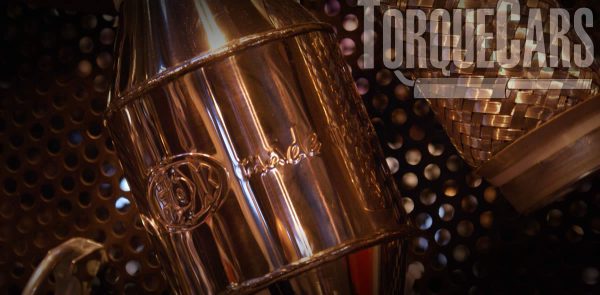
NB: EGR removal has been promoted to reduce this issue, but TorqueCars opinion is that the benefits are far outweighed by the problems and your warm up cycle will be much longer.
Fan controller issues
There are also instances of a malfunctioning fan controller where fan doesn't turn off, gradually exhausting the battery and possibly burning out the fan.
This is fairly obvious when it kicks in, so be aware of fan noises, especially after the engine is shut off. The fan will only kick in when the engine temps start to rise, as they would in heavy stop start traffic on a warm day.
Flywheel problems and lumpy idle
The 2.0 engines have a lumpy idle especially on a downward slope, which is something you normally have to deal with. However a defective DMF, Injector failures, or difficulties with the EGR flow rate may potentially create a highly bumpy idle or misfire in which case get this addressed and sorted ASAP. (Don't go single mass though.)
DMFs are fairly weak and will often fail. If yours should go we would propose obtaining a high torque DMF flywheel from Sachs since the price is the same and they are significantly stronger.
We did not find the single mass replacement to be viable due to the low revving irregular nature of these engines tickover.
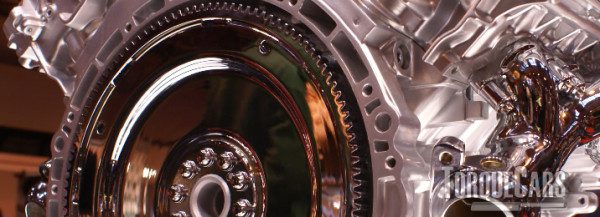
Oil pump gear problems in the BKP 2.0TDi
BKP engines in particular have a problem with the oil pump drive gears which were subject to a recall and there are instances of turbo failures on these engines.
Balancing shaft & chain tensioner problems
Most longitudinal PD engines contain the balancing shaft module.
Those engines suffer from two difficulties, the chain tensioner that fails and causes the balancing shaft module to cease operating including the oil pump.
The second problem is in the module itself, how it drives the oil pump, this is done by a little hexagon that also breaks due of the wear.
VAG has attempted to tackle both concerns, by replacing the chain with gears, which appears to be a working solution.
They also improved the size of the hexagon so it should be stronger and it is, it’s now falling after more miles. Still, a very significant issue that needs to be addressed.
When failing the oil pressure drops immediately and the engine breaks beyond repair.
The final problem, the hexagon, is still present in later CR engines, although this time not only in the Passat, A4/A6, and Superb. The only engine we are aware of that doesn’t employ the balancing shaft module is the 110HP 2.0 TDI(CBDC) (CBDC).
Luckily enough there is a remedy, for the PD and CR engines. It is substituting the balancing shaft module with a chain-driven oil pump as seen in other TDI engines. The 140hp 2.0 8v PD TDI (BMM) for example has that oil pump and it has been perfect.
EA288 engines have been upgraded and we have not (yet) been made aware of a recurrence of this problem.
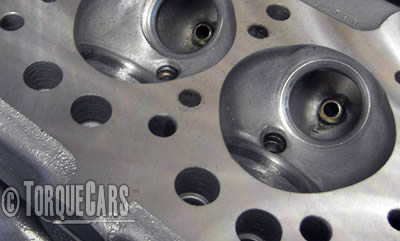
2.0TDi Cylinder Head Cracking on early EA188 units.
There is a reference number to the right of the cylinder head behind the fuel lines 03G 103 351 B or 03G 103 308 B. Look closely at the letter at the end of this. If you have A you are nearly guaranteed to have a broken cylinder head.
The B is a bit stronger but a handful of them have still broken. C is the one to go for and there are very few if any complaints of cylinder heads splitting.
Keep a careful check on engines with the A or B codes, especially if there are any problems or concerns occurring.
This does not seem to be a problem with the EA288 units.
Swirl Flaps: Common Troubles
On those earlier EA189 engines, issues have arisen involving swirl flaps, which have the potential to trigger errors and activate a "limp home" mode. These flaps are not present on more recent iterations of the engine which have a redesigned valve/intake so is largely irrelevant.
If you are interested in the best mods and upgrades for your 2.0 TDI read our 2.0 TDI comprehensive tuning article to see which upgrades and mods work best on your engine.
There are a few problems and issues to look out for on other popular vag group engines, but I've split these off into other articles.
- 2.0 TFSi carbon buildup issues - direct injection engines require an intake clean.
- 2.0 TFSi problems - N75 and N249, high oil consumption, Cam Follower wear, Water Pump failure, and Turbo issues
- 2.0 TDi problems - Flywheel, Oil pump, Lumpy Idling
- 1.8T Problems - Diagnosing the common faults and issues
This video covers 2.0TDi Tuning Mods in a fair bit of detail and is a great place to look for ideas on modifications and upgrades.
To discuss any points raised in this article please join our forum, and if we've missed out any points please drop us a message in the box below so we can add it to the article for our readers.
Please Check out my YouTube channel, we're regularly adding new content...
PLEASE HELP: I NEED YOUR DONATIONS TO COVER THE COSTS OF RUNNING THIS SITE AND KEEP IT RUNNING. I do not charge you to access this website and it saves most TorqueCars readers $100's each year - but we are NON PROFIT and not even covering our costs. To keep us running PLEASE Donate here
If you liked this page please share it with your friends, drop a link to it in your favourite forum or use the bookmarking options to save it to your social media profile.
Feedback - What do You Think?
Please use our forums if you wish to ask a tuning question, and please note we do not sell parts or services, we are just an online magazine.
Help us improve, leave a suggestion or tip
Please watch this video and subscribe to my YouTube channel.

 Click to accept YouTube Cookies & Play.
Click to accept YouTube Cookies & Play.